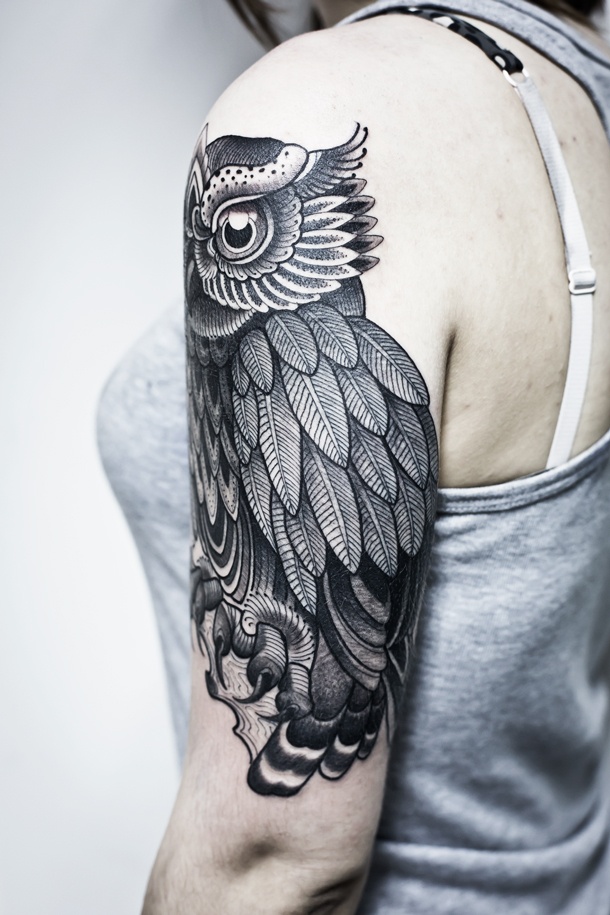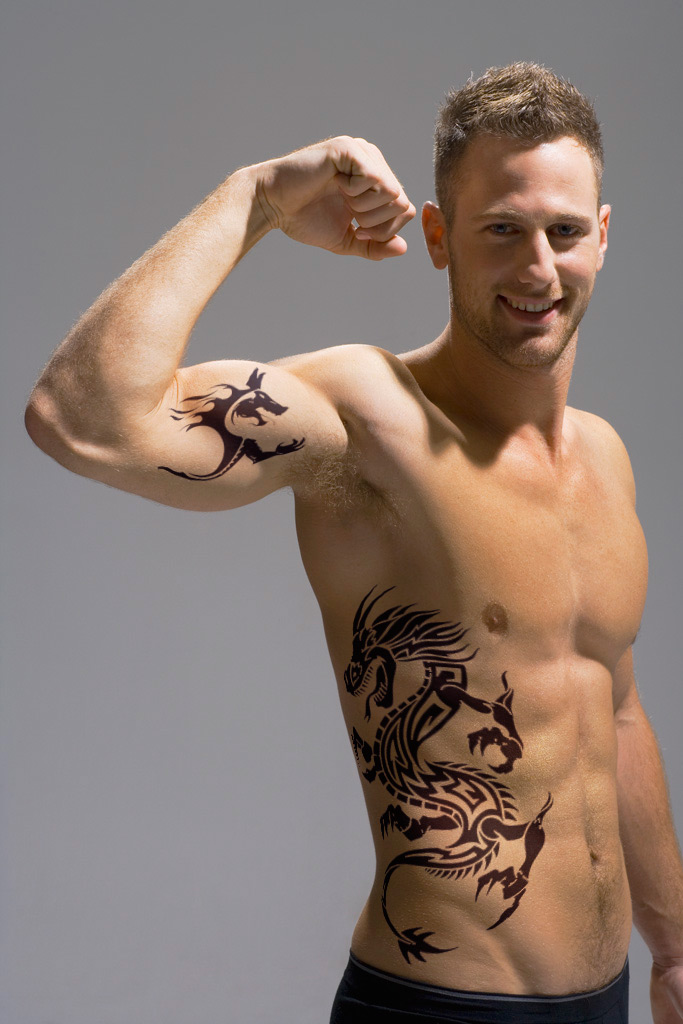How to Take Photos That Make Great Custom Gifts

The past few decades have seen photography’s remarkable transformation. The days of slapping a point-and-shoot on your wrist before going on a picnic or joining a summer BBQ are long gone. The smartphone revolutionized photography and made everyone an “everyday photographer”, as it is often known.
The best paintings are based on images with an exciting composition, vibrant and appealing color palette, and exciting subject matter, all of which work together to create a unified and expertly done piece of art that captivates and pleases its viewers.
A few simple aesthetic and compositional tweaks may turn even the most ordinary snapshot into a work of beauty. If you need help picking an image to use as the basis for your masterpiece or need help to make up your mind, these suggestions may be helpful.
Pick Photos With Good Highlights and Shadows
Taking photos whenever you can give you greater leeway in lighting. A well-placed lamp or light will do the trick of taking pictures for custom portraits, especially if you prefer working in the open air or by a window.
If you don’t have the option to take your picture, pick one with a wide range of tones, from light to dark. Consider posing your subject so that there are contrasting light and dark areas on the face, this will give the custom portrait canvas more depth. Using a flash may “flatten” your subject and wash off the colors.
After finding a suitable reference picture paint, clip it to fit the dimensions of the canvas or panel you plan to paint on.
Draw or Trace the Picture on Your Support
Feel free to sketch or use a projector to achieve the correct proportions if you need more confidence drawing your portrait freehand.
Also, always indicate where the highlights and shadows will be when drawing. You should visualize the shadows and highlights as shapes rather than lines and then sketch out the primary forms.
Only Select the Shades you Will be Using in Your Palette
Titanium white, alizarin red, French ultramarine, yellow ochre, and burnt umber are the only colors you need to match most skin tones.
Linseed oil improves the paint’s flow, so you should often apply it. Put it in a tiny plastic jar and keep it next to your palette. Dip the tip of the brush inside. When using paint, moderation is vital to avoid that transparent look.
Start With the Eyes
Always focus on the eye when taking pictures to paint. When you begin a painting, the whites of the eyes are the first thing you need to focus on. It’s crucial to remember that the whites of the eyes never appear uniformly bright white.
In this case, begin with white and add umber and ultramarine.
Fill in the pupils when you’ve finished creating the eye whites. You don’t have to strictly follow this process and leave the highlighted areas blank if you don’t want to. To generate highlights, simply paint over the existing layer.
Block in the Shadows and Darks
By starting your custom portrait paintings with the darks, you can better understand the contours of the face. With this painting, it is recommended to start with the primary colors of red, yellow, amber, and white.
Here, you can dab a freshly mixed color onto your snapshot to check for accuracy on your custom portrait drawing. Keep blending and dabbing as you paint since skin tone is never uniform throughout the face.
Paint the Lightest Colors on the Top
To make perfect custom portraits from photos, the upper surface should be bright. Always add a little calm or a little warm paint to the light portions of a face. Light portions in pictures should be pretty warm, so you can blend a peachy hue with primarily yellow, umber, crimson, and white.
Add Mid-tone Colors
Add in mid-tones if the darks are in order because you should generally work from dark to light. Keep an eye out for any slight variations in the color of the face as you proceed. You can add ultramarine to skin color to create cooler tones. Adding yellow or crimson will create warmer tones to your photos to paintings.
Add Details to the Portrait
You can begin experimenting with the tones and making adjustments now that your fundamental values are established. You should always consider the final result’s contrast and add darks and lights where necessary.
It is always a good idea to begin at the bottom, with the darkest hair, and work your way up to the top, lightest hair.
You’ll see where additional color has to be applied to the face as soon as you block in the dark of the hair. In this scenario, you should put some on the top of my head and down the left side of my neck.
Paint the Background
The backdrops in the majority of your portraits should be simple. To achieve this, crop closely on your subject, then block in the shade.
Pick a shade that doesn’t clash with your object and put it around portraiture if you have yet to paint the backdrop. Simply wipe off the shade you blocked using another if you don’t like it.
Conclusion
The tried-and-true way to improve one’s painting skills is to study subjects in the real world. Though, only some have access to drawing classes or models. You can also enhance your skills by learning to paint from examples.
Working from photographs is a terrific way to improve your ability to paint and draw. In this piece, we’ve learned how to use a photograph as a reference for a more detailed portrait. We’ve discovered how to choose a good reference photo, paint it, and make any necessary adjustments.
Like everything else, you’ll understand more about painting pictures and get stronger the more you paint.












